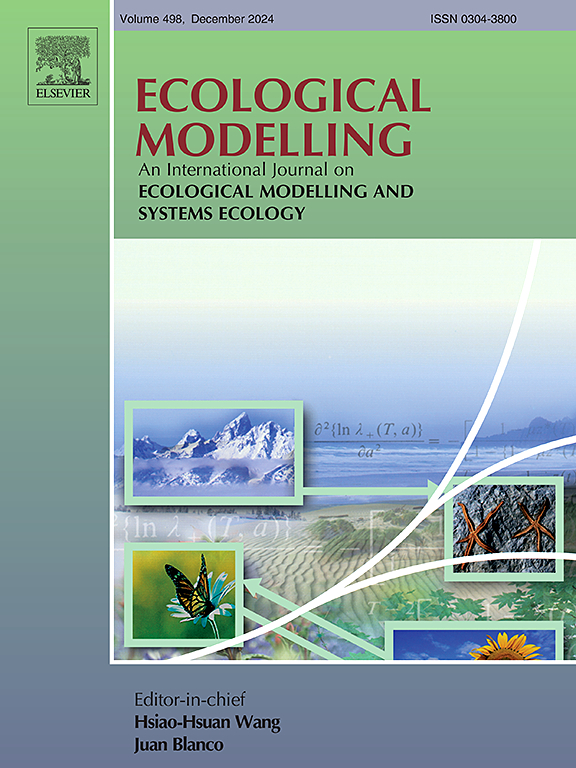Construction and evaluation of the Panjin wetland ecological network based on the minimum cumulative resistance model
IF 3.2
3区 环境科学与生态学
Q2 ECOLOGY
引用次数: 0
Abstract
Ecological connectivity is crucial for preserving biodiversity and can successfully integrate isolated habitats. The study constructed the ecological network framework of the Panjin wetland using the minimum cumulative resistance model and gravity model. The ecological network was evaluated based on the landscape connectivity index method, and suggestions were given to optimize the zoning of the landscape pattern. Results showed that: (1) The level of interaction among various ecological source sites varies with distance and area. (2) The stability of the ecological network in the Panjin wetland was improved by increasing the ecological sources. The resulting ecological network had an α-index of 0.20, a β-index of 1.30, and an γ-index of 0.48, indicating a certain level of optimization and enhancement potential. (3) The study area was divided into four zones, each of which was analyzed and recommendations were made to achieve a stable development of the ecosystem.
基于最小累积阻力模型的盘锦湿地生态网络构建与评价
生态连通性对保护生物多样性至关重要,可成功整合孤立的栖息地。本研究利用最小累积阻力模型和重力模型构建了盘锦湿地生态网络框架。根据景观连通性指数法对生态网络进行了评价,并提出了优化景观格局分区的建议。结果表明(1) 各生态源点之间的相互作用程度随距离和面积的变化而变化。(2)通过增加生态源,提高了盘锦湿地生态网络的稳定性。生态网络的 α 指数为 0.20,β 指数为 1.30,γ 指数为 0.48,具有一定的优化和提升潜力。(3) 将研究区域划分为四个区,对每个区进行分析并提出建议,以实现生态系统的稳定发展。
本文章由计算机程序翻译,如有差异,请以英文原文为准。
求助全文
约1分钟内获得全文
求助全文
来源期刊

Ecological Modelling
环境科学-生态学
CiteScore
5.60
自引率
6.50%
发文量
259
审稿时长
69 days
期刊介绍:
The journal is concerned with the use of mathematical models and systems analysis for the description of ecological processes and for the sustainable management of resources. Human activity and well-being are dependent on and integrated with the functioning of ecosystems and the services they provide. We aim to understand these basic ecosystem functions using mathematical and conceptual modelling, systems analysis, thermodynamics, computer simulations, and ecological theory. This leads to a preference for process-based models embedded in theory with explicit causative agents as opposed to strictly statistical or correlative descriptions. These modelling methods can be applied to a wide spectrum of issues ranging from basic ecology to human ecology to socio-ecological systems. The journal welcomes research articles, short communications, review articles, letters to the editor, book reviews, and other communications. The journal also supports the activities of the [International Society of Ecological Modelling (ISEM)](http://www.isemna.org/).
 求助内容:
求助内容: 应助结果提醒方式:
应助结果提醒方式:


